Seedlings dying one by one
Leander
3 years ago
last modified: 3 years ago
Featured Answer
Sort by:Oldest
Comments (26)
Embothrium
3 years agoLeander
3 years agoRelated Discussions
'Pond' goldfish dying one by one in an aquarium
Comments (14)I do understand your question! your taddies and mosquito fish came in from the pond right? the pond with the muck in the bottom for the turtles? Muck and fish don't mix. The taddies and mosquito fish probably brought in parasites that came from the muck. the goldies from the pet shop were stressed from the move to the pet shop to your aquarium, so the parasites that the skeeter fish and taddies were carrying attacked them. The real problem gets back to the pond. there is no reason that you could not overwinter goldies in a healthy pond. Overwinter the turtles inside, but leave the goldies outside in a CLEAN pond and they will be just fine. You say your pond is in perfect shape...but you also say that when you stir up the muck on the bottom that fish die. That is not a sign of a pond in perfect shape, but rather a pond that has a serious problem going on. If your aquarium water quality check outs, then it is almost certain that parasites from the pond are killing the new goldies. Does that make sense?...See MoreGoldfish keep dying one by one
Comments (3)You mntioned a new biowheel. Was that the only filter medium you had? I think you are experiencing "New Tank syndrome". Using "old" water with mew media doesn't work because there isn't the "good" bacteria on the new media. I would get an Ammonia/Nitrite/Nitrate test kit. I think your ammonia levels are toxic right now. don't add any new fish. You can do water changes as well as buy bacteria to help the cycle along....See MoreBirds are snipping off my corn seedlings one by one!
Comments (17)Rhizo, check Google or Bing Images, and you will see examples of plant collars. It is an old and effective method for protecting plants that are attacked at ground level by billbugs, cut worms, wire worms, and such. I said jars because I drink coffee and use the coffee jars for plant collars. Each jar makes two collars. I think 2 liter drink bottles would be better, but I do not have them. Birds pull up corn to eat the sprouted kernel. I have lost no corn with plant collars to birds. Once the corn is big enough, they (for me, brown thrashers and purple grackles) leave it alone. However, a plastic plant collar will not protect sunflowers from attacks by brown thrashers....See Moretomatoes dying one by one
Comments (6)I think soil would be the largest potential culprit. Not sure about others, but here's what I would do. Buy a good quality potting mix, I love Fafard products, but there are lots of good ones. Clip the cotyledons and re-plant the seedling deep. Only water when the mix is dry and the plant starts to wilt just a little bit. You should see the leaves droop pretty soon after the soil goes dry. Also seedlings don't need as much nutrition and adding full strength fertilizer is not beneficial yet. If you fertilize only use fish emulsion at 1/2 or 1/4 strength....See MoreLeander
3 years agoHighColdDesert
3 years agogetgoing100_7b_nj
3 years agogetgoing100_7b_nj
3 years agoLeander
3 years agogetgoing100_7b_nj
3 years agoroxanna7
3 years agolast modified: 3 years agogardengal48 (PNW Z8/9)
3 years agogetgoing100_7b_nj
3 years agoLeander
3 years agokitasei
3 years agoLeander
3 years agogetgoing100_7b_nj
3 years agogetgoing100_7b_nj
3 years agofcc0
3 years agoLeander
3 years agolast modified: 3 years agoLeander
3 years agolast modified: 3 years agoLeander
3 years agogetgoing100_7b_nj
3 years agoLeander
3 years agogetgoing100_7b_nj
3 years agoLeander
3 years agogetgoing100_7b_nj
3 years ago
Related Stories
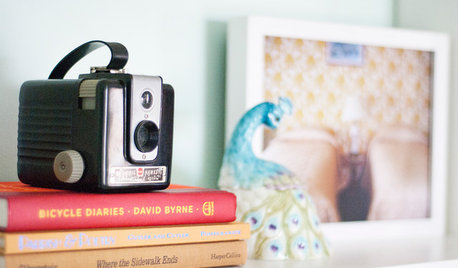
DECLUTTERINGHow to Go Through a Deceased Loved One’s Belongings
A professional organizer offers sensitive and practical advice on sorting through a loved one’s things
Full Story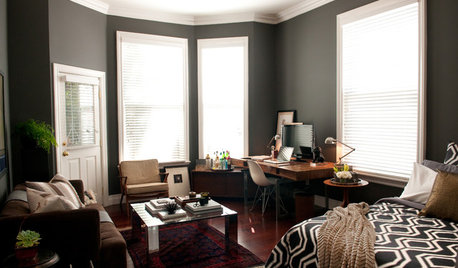
ROOM OF THE DAYRoom of the Day: A Place of One’s Own
This renter’s college graduation present was not what you might expect
Full Story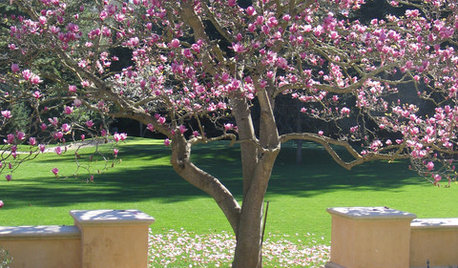
LIFE10 Ways to Honor and Remember a Departed Loved One at Home
Help the grieving process and keep beautiful memories alive with these thoughtful tributes
Full Story
FARM YOUR YARDIf You Have Room for Only One Summer Crop ...
Get an edible that’s long on flavor even if you’re short on space, with a long-time gardener’s favorite picks
Full Story
REMODELING GUIDESOne Guy Found a $175,000 Comic in His Wall. What Has Your Home Hidden?
Have you found a treasure, large or small, when remodeling your house? We want to see it!
Full Story
FARM YOUR YARDIf You Have Room for Only One Fruit Tree ...
Juice up a small garden with one of these easier-care or worth-the-effort fruit trees for a mild climate
Full Story
LAUNDRY ROOMSRoom of the Day: The Laundry Room No One Wants to Leave
The Hardworking Home: Ocean views, vaulted ceilings and extensive counter and storage space make this hub a joy to work in
Full Story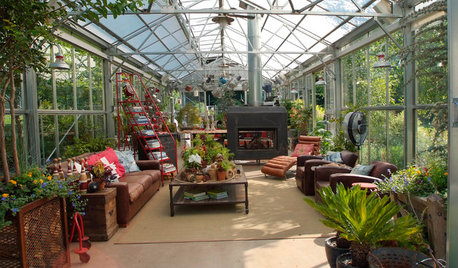
GREENHOUSES7 One-of-a-Kind Greenhouses for Gardening and More
These greenhouses are personalized to their owners’ interests, whether vegetable growing or tea drinking
Full Story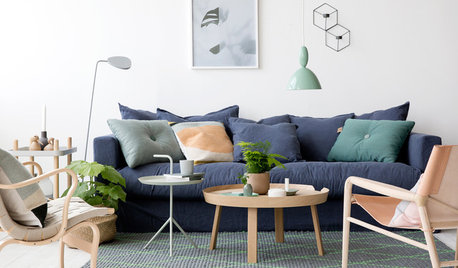
LIFEWhat I Learned About Moving a Loved One to a Retirement Home
Setting up an elderly family member’s apartment in an assisted-care facility is a labor of love for this Houzz writer
Full Story
DECORATING GUIDESHouzz Tour: A Family Home Comes Together, One Piece at a Time
A decorator uses her expert eye to outfit her family’s home with finds from thrift stores, online resale sites and yard sales
Full Story




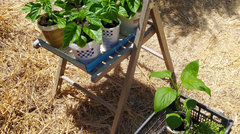


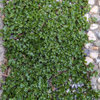
getgoing100_7b_nj